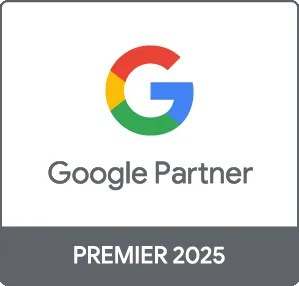What is Targeted Pay Per Click Advertising?
Targeted pay-per-click (PPC) advertising is a powerful online marketing strategy that enables businesses to display ads to users actively searching for their products or services. With this approach, you only pay when someone clicks on your ad, making it a cost-effective method for acquiring new customers. In South Africa's competitive digital landscape, mastering targeted PPC can significantly increase your visibility and drive relevant traffic to your website.
Importance of Targeted PPC in 2025
As we move into 2025, the digital advertising space is evolving rapidly. Businesses that leverage targeted PPC campaigns can see considerable advantages:
- Enhanced campaign efficiency by reaching the right audience
- Increased conversion rates due to targeted advertising
- Optimized budget allocation, minimizing wastage on irrelevant clicks
How Targeted PPC Works
- Keyword Research: Identifying keywords your potential customers are searching for is crucial. Use tools like Google Keyword Planner to uncover high-value search terms.
- Ad Creation: Craft compelling ad copy that speaks directly to your audience's needs. Highlight unique selling propositions and include strong calls-to-action.
- Targeting Options: Utilize geographic, demographic, and device targeting to refine your audience. This ensures your ads reach users most likely to convert.
- Landing Pages: Ensure the landing pages associated with your ads are relevant and optimized for conversions. This can dramatically improve your Quality Score.
- Monitoring and Optimization: Regularly analyze your ad performance to identify areas for improvement. Adjust bids, modify ad copy, and refine targeting based on data insights.
Benefits of Targeted PPC Campaigns
- Cost-Effective: With pay-per-click, you only pay for successful engagements--meaning fewer wasted ad dollars.
- Immediate Results: Unlike organic search strategies, PPC can drive immediate traffic to your site.
- Full Control: You decide how much to spend, where to run ads, and how long the campaigns last.
Steps to Launch a Successful Targeted PPC Campaign
- Define Your Goals: Establish SMART (Specific, Measurable, Achievable, Relevant, Time-bound) goals for your PPC campaign.
- Set a Budget: Determine how much you can comfortably invest in your campaigns, keeping in mind that successful PPC often requires iterative testing.
- Choose Your Platforms: Decide where to run your campaigns (Google Ads, Bing Ads, Social Media, etc.) based on your target audience.
- Create Compelling Ads: Your ads should differentiate your offerings and include clear calls to action.
- Launch and Monitor: Once launched, monitor performance frequently to optimize for success.
Common Mistakes to Avoid in Targeted PPC
- Lack of Clear Goals: Without defined objectives, it’s challenging to measure success.
- Ignoring Mobile Users: With an increasing number of consumers using mobile devices, ensure your campaigns are mobile-friendly.
- Not Regularly Testing Ads: Continuous testing and optimization are key to keeping your campaigns effective.
Conclusion
Targeted pay-per-click advertising is an essential tool for businesses looking to thrive in the competitive South African market in 2025. By strategically targeting your ads, continually optimizing your approach, and investing wisely, you can enhance your brand's visibility and drive meaningful traffic to your website, ultimately leading to higher conversions and ROI. Incorporating these practices will position your business to capitalize on the ever-evolving digital landscape.





